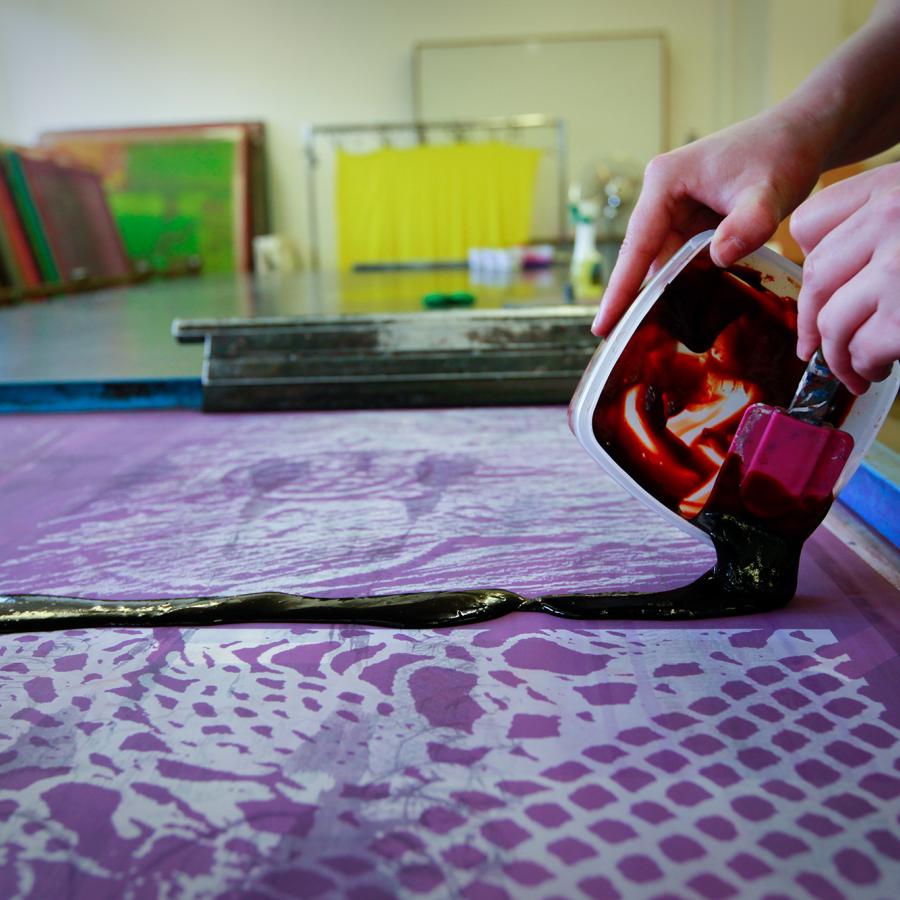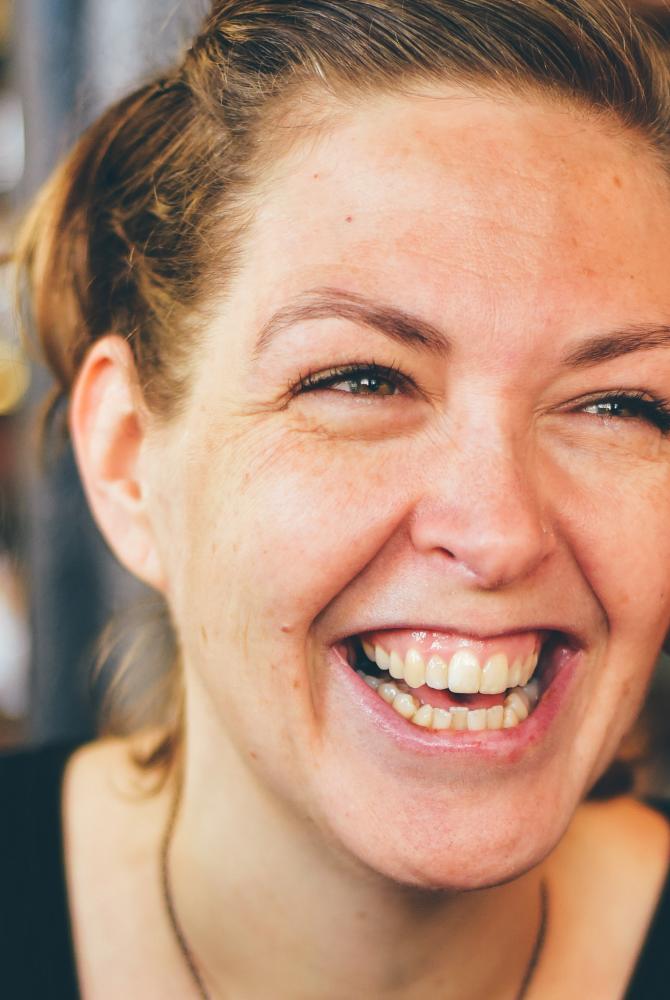We are committed to providing you with enhanced career prospects and the ability to achieve at the highest level.
You will enter the job market with a fresh approach and the flexibility and adaptability to respond to modern challenges.
The huge range of career opportunities will enable you to apply your:
- knowledge
- experience in the design process
- considerable skillsets
- approach to learning
Design jobs
Our graduates have a strong track record of gaining employment in the creative industries within six months of completing their studies.
Our graduates typically join a:
- design consultancy
- product development team within a company
- technology and design-focused start-ups
Graduates interested in designing and making often establish their own practice or start-up.
A range of skills
The wide range of skills you will develop opens up diverse career options.
For example, our graduates have gone on to work in:
- product design and development
- user interface and user experience design
- interaction design
- service design
- design research
- design management
- model making
- packaging design
Other examples include:
- marketing
- retail design
- exhibition design
- multimedia installation design
- computer-aided design
- technical roles within the University
Connections with industry
Through self-directed and industry-led project work you will build skills in:
- project planning
- project management
- working as part of a team
- personal and collective accountability
We have built strong contacts with the industry through:
- industry-linked projects
- staff research
- our range of visiting speakers
This will make sure you are aware of the full range of career possibilities and are provided with a strong footing from which to develop your chosen career.
Where our graduates work
Our graduates can be found working in a range of companies, including:
- Puma
- Microsoft
- SusTrans
- National Cash Register
- Phillips
- Andthen
- RBS
- The National Museum of Scotland
- Herman Miller
- Habitat
- Zara Home
- Viaduct
- Isu
- Blue marmalade
- Moo
- Bodo Sperlein
- Optoplast Actman Eyewear
- The Helen Hamlyn Centre for Design
- Peebles CAN
- 4S Technologies
- Martha Stewart Living
- Elivo AB
- Tayburn
- HSBC
- Unilever
- 1508 London
- Lakeland














